Parallel World Pharmacy (Isekai Yakkyoku), an ongoing isekai anime series, is a well-executed and underrated series of this season. In a sea of seemingly repetitive isekai tropes, Parallel World Pharmacy is a breath of fresh air in its genre, with a great mix of realism that medical fellows out there (raise your hands!) can surely relate to and learn.
For the longest time, I have despised the isekai genre due to its repetitive themes: the overpowered main character gets transported to another world, goes on quests (and instantly wins them), and then gets a harem. But after checking out this title’s first three episodes, I have hope again for this isekai series, as the storytelling does a great job of explaining modern medical advancements, as well as delivering relevant medical information to readers regarding several well-known diseases.
Being Overpowered Can Be Justified
If there is one main takeaway I got from watching Parallel World Pharmacy, it’s that an overpowered character can be actually justified, as long as you learn about their background, as well as their intentions.
The anime tells the story of Kanji Yakutani, a world-renowned medical researcher at an unnamed Japanese university. He becomes obsessed with his medical research, which stems from the emotional pain he is dealing with after the passing of his younger sister due to an incurable brain tumor. One day, he suddenly dies from overwork due to fatigue and a heart attack, but his soul doesn’t register it happening. He only realizes it once he wakes up reincarnated as a child named Pharma de Médicis, who uses Divine Arts to become a pharmacist, and who possesses the Divine Arts centered around creating water.
As it turns out, his new abilities were not the same as the Pharma of the past, who had a weak performance as a Divine Arts user. As his instructor Eléonore “Ellen” Bonnefo pointed out, he was seemingly given the blessing of Panactheos, the god of medicine, as evident by the mark left on Pharma’s arms after he was struck by lightning. Furthermore, Ellen points out that his skills are close to the god itself, like creating water without using a staff or incantation or diagnosing illnesses based on using his eye to spot maladies in the human body.
Throughout these first three episodes, we saw a great deal of Pharma’s great knowledge of modern medical and pharmaceutical practices being applied in the old world he is now in, which echoes the 16th to 17th-century European setting. From creating accurately a moisturizing cream to heal eczema for his maid Charlotte Soler, to formulating a very complex drug for the medication of San Fleuve Empire’s Queen Elisabeth II’s tuberculosis, all these seemingly-overpowered character tropes are seemingly relevant based on his past life including greater interest and advanced knowledge in modern medicine.
But perhaps one of the objectives as to why I deeply empathize with Pharma’s overpowered character trope is his desire to make medical treatment more accessible to the folks in the San Fleuve Empire. As he is now able to use Divine Arts far more advanced than those around him, he realizes the great responsibility he now has. And that has been more amplified during episode 2 when Charlotte tells him that it is unusual for the nobility to tend to the medical needs of the ‘commoners’. This angers Pharma, and he proclaims that he wants to help the commoners in terms of medical practice.
As a person who has had his own fair share of dealing with the medical profession, Pharma’s desire to make medicine more accessible really resonates with me. In a setting where quack medicine and sorcery methods were the only ones that are accessible to the commoners, it is easy for a science-inclined person to feel the frustration of people resorting to random cures. I’m stoked as to where the next episode of Parallel World Pharmacy takes us, and what Pharma will do in a bid to make medicine truly accessible to all.
This Is a Scientific Paradise
Speaking of science, Parallel World Pharmacy delivers a well-executed storyline that not only pays tribute to the wonders of science but also depicts them very accurate and at times, factual The series’ scientific explanation reminds me of the chemistry lessons in Dr. Stone and the wonders of human physiology and anatomy in Cells At Work.
It’s interesting to see that in this series, Pharma doesn’t just mindlessly create medications as a complete product. Instead, he shows us how to make it, creating the raw ingredients based on the Divine Arts he has been blessed with. And that to me is great scientific communication, since it gives us viewers a process that we can follow and cross-check later.
For instance, when Pharma formulated the drug remedy for tuberculosis, he mentions using a mix of three to four drugs namely Isoniazid, pyrazinamide, ethambutol, and the more chemically-complex rifampicin. If you were to cross-check this information, the modern cure for tuberculosis, according to the Centers for Disease Control (CDC), is exactly the same as what Pharma said and is best to be taken regularly in the span of six months.
This level of accuracy is once again demonstrated when he formulated the medicine for his sister Blanche’s chickenpox. According to him, a treatment of acyclovir or valacyclovir is recommended, the same type of recommendation the CDC puts for chickenpox treatment among kids.
And the medicine formulation part is not just what makes this series a very well-researched scientific series, but also the various recognition cues of some of the modern advancements in science. An example is when Pharma explained the concept of tuberculosis to Queen Elisabeth, he used a modified version of a simple hand-held microscope that is very similar to the very first microscope invented by Anton van Leeuwenhoek (hence the name of the microscope in the series).
On a very technical note, the research that Yakutani was working on back in the first episode was not just text filler. In fact, if you were to look closely, it mentioned the drug Lipofectamax 9000, a reference to the Lipofectamine transfection reagent, which has been used commonly in molecular biology practice to conduct cellular studies. The research shown on screen is commonly used in studies related to brain tumor medications, the very illness that caused the death of her younger sister. We can assume that Yakutani is still hoping to find the cure for the disease that killed his sister,
There is so much to uncover in Parallel World Pharmacy in terms of the wonders of modern science and medicines applications, and I can’t wait to see more of these discussions moving forward.
What’s Next And What to Look Forward To
In summary, the series’ first three episodes were really well-delivered. And while the animation, made by Diomedea, is just average for sure; the storytelling does the anime justice. The anime is based on a light novel by Liz Takayama, which was first published on Shosetsuka ni Naro in July 2015 before being acquired by Media Factory, and has been serialized in their MF Books imprint since January 2016. The series also received a manga adaptation, serialized under Kadokawa Shoten’s ComicWalker since November 2016
You can watch Parallel World Pharmacy on Crunchyroll, as well on Muse Asia and Bilibili for viewers in Asia. New episodes are released every Sunday at 10:30 PM (JST). If you like the series, don’t forget to vote for it on our weekly anime polls.
Images via Muse Asia
©2022 Rizu Takayama / MF Books / “Isekai Yakkyoku” Production Committee
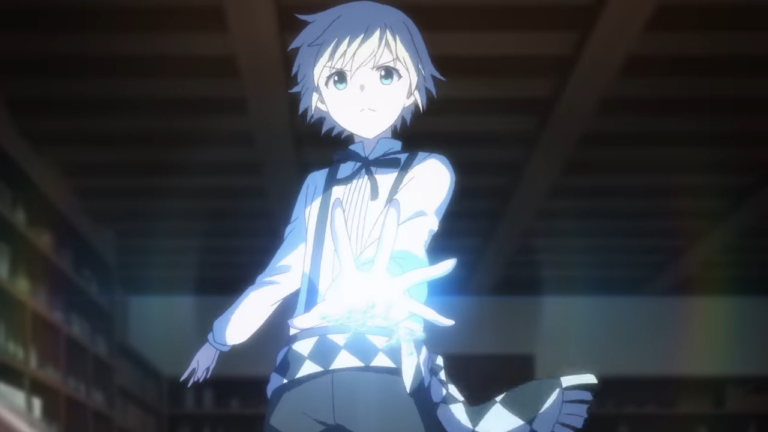
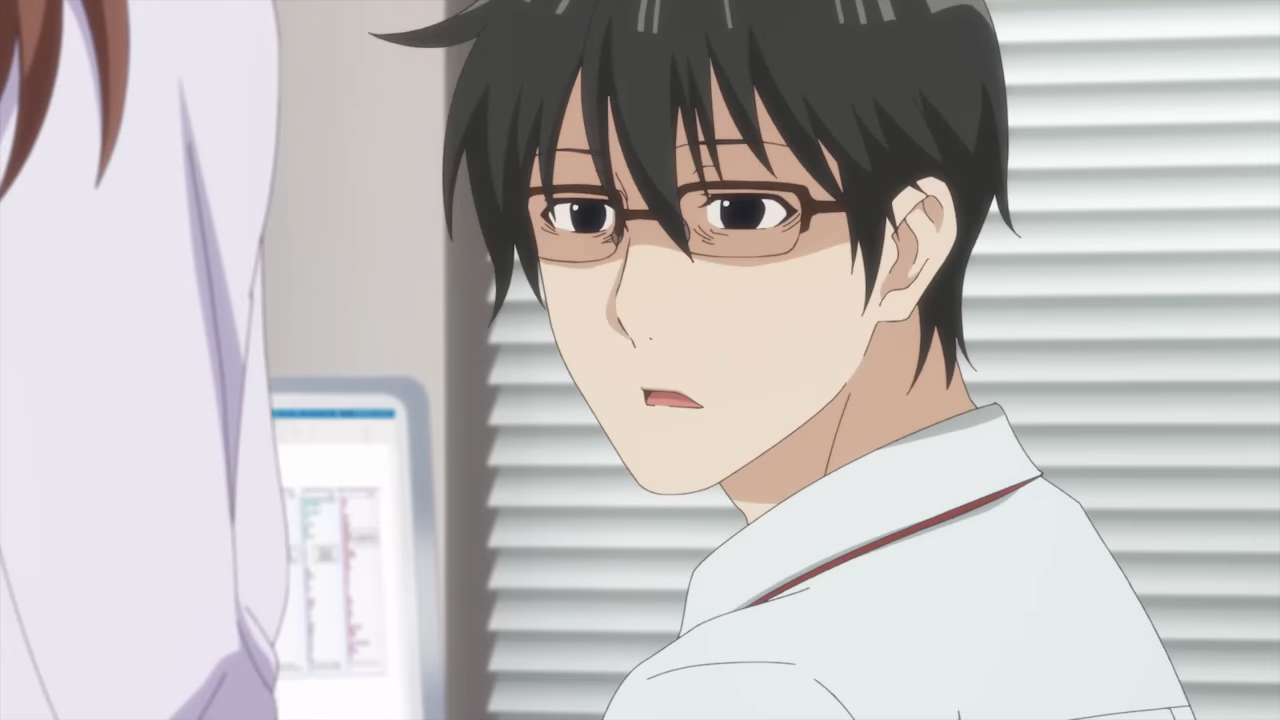
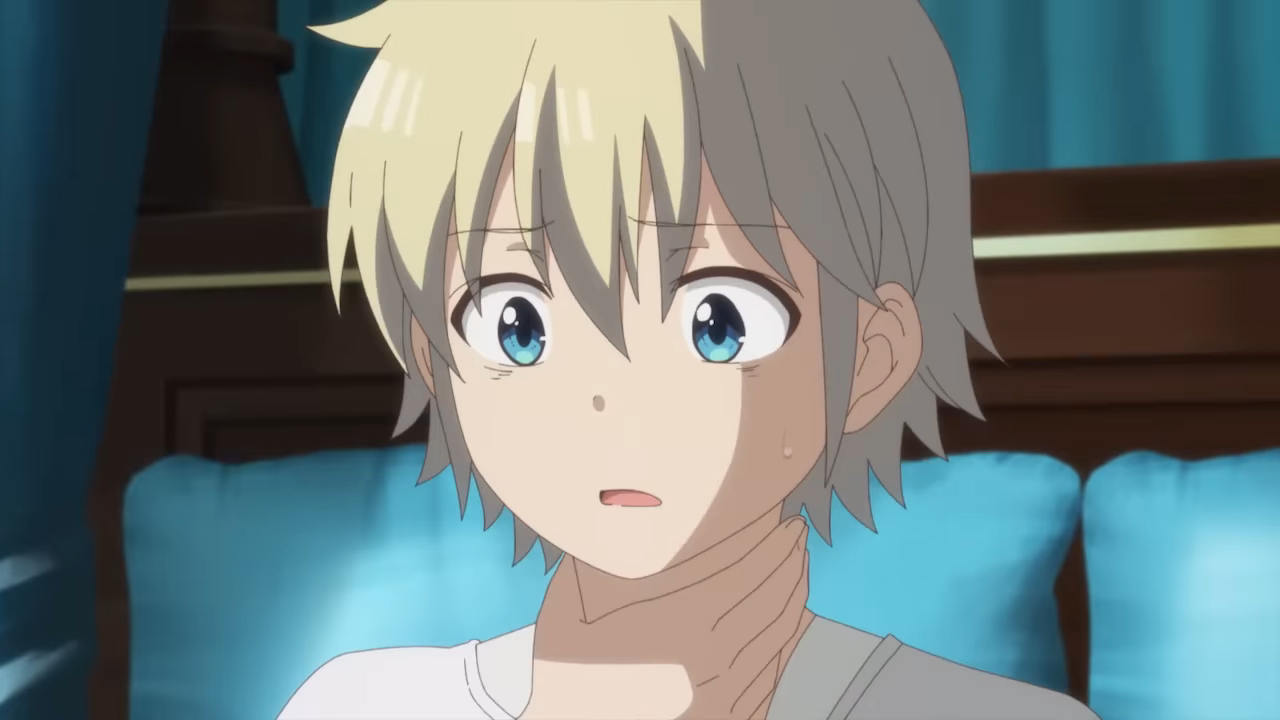
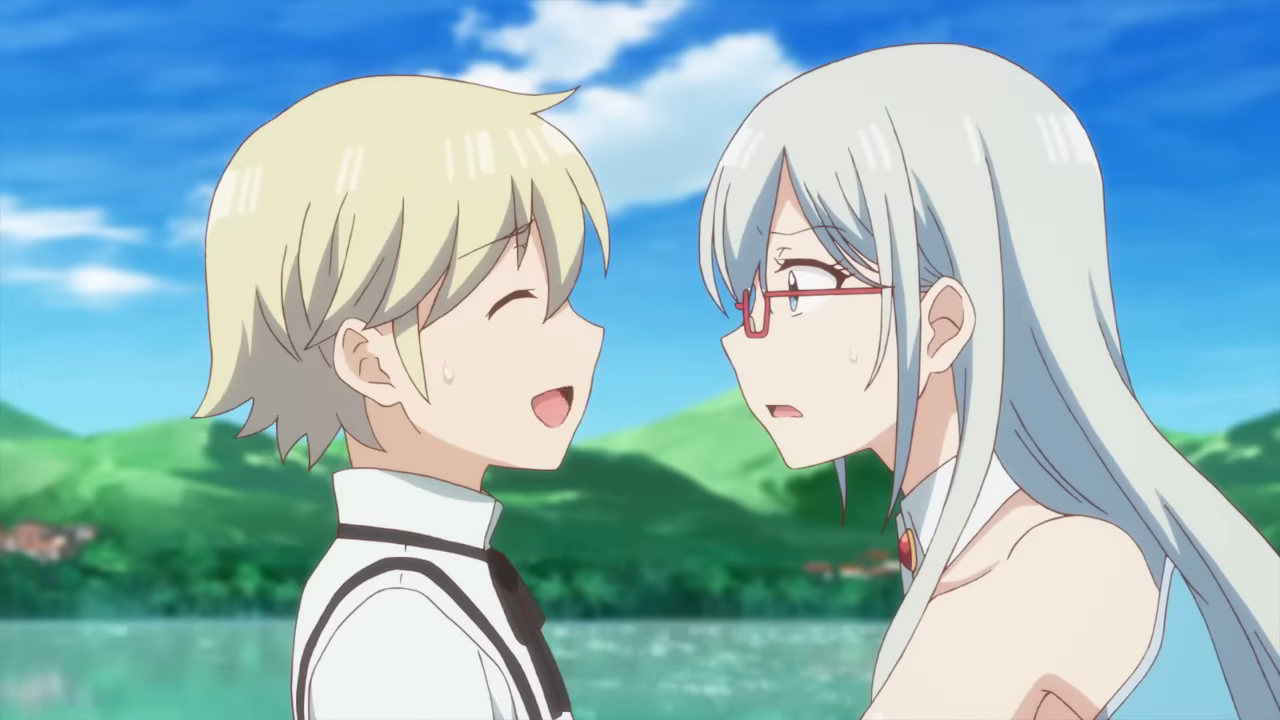
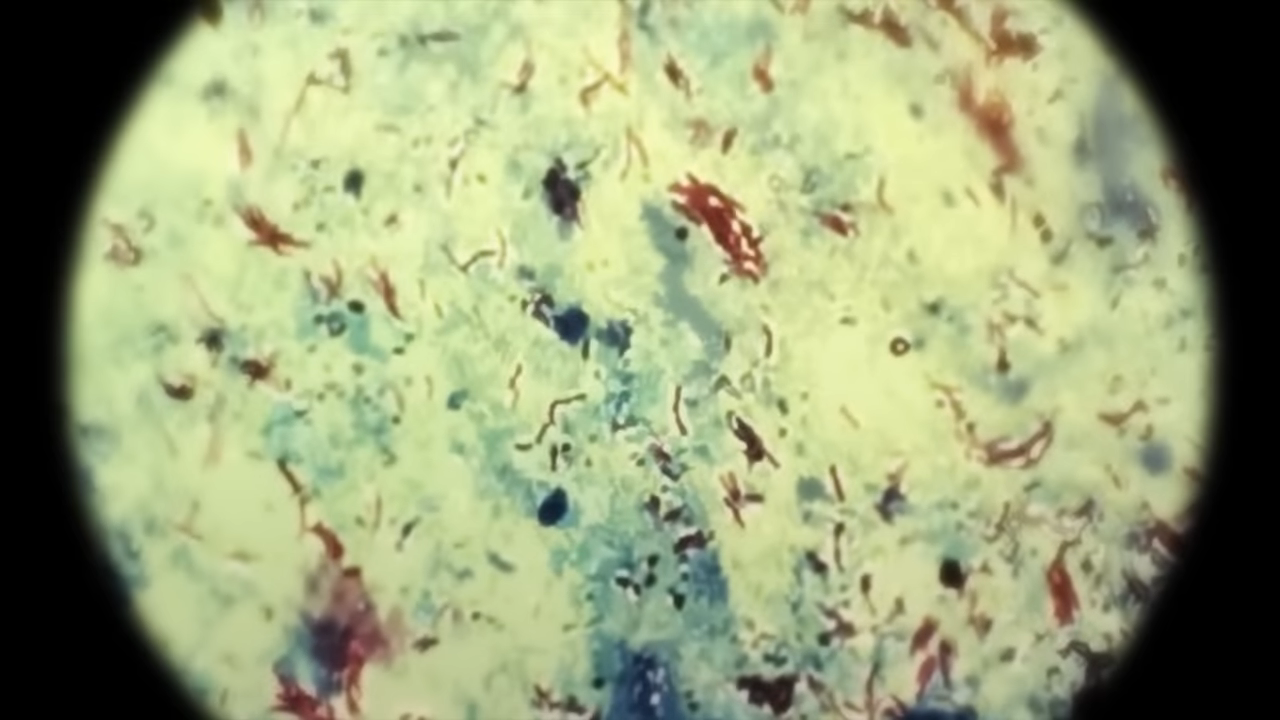
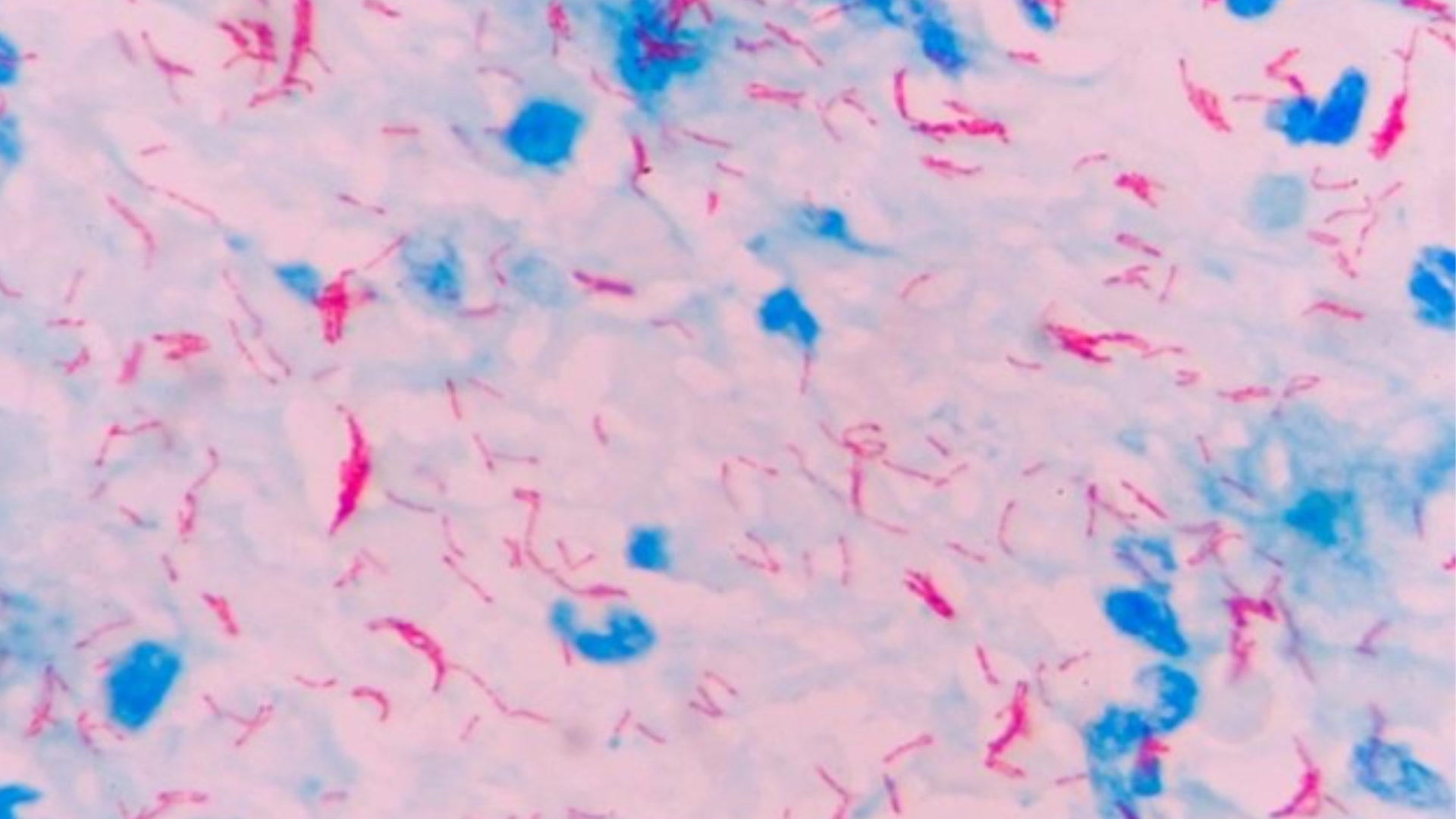
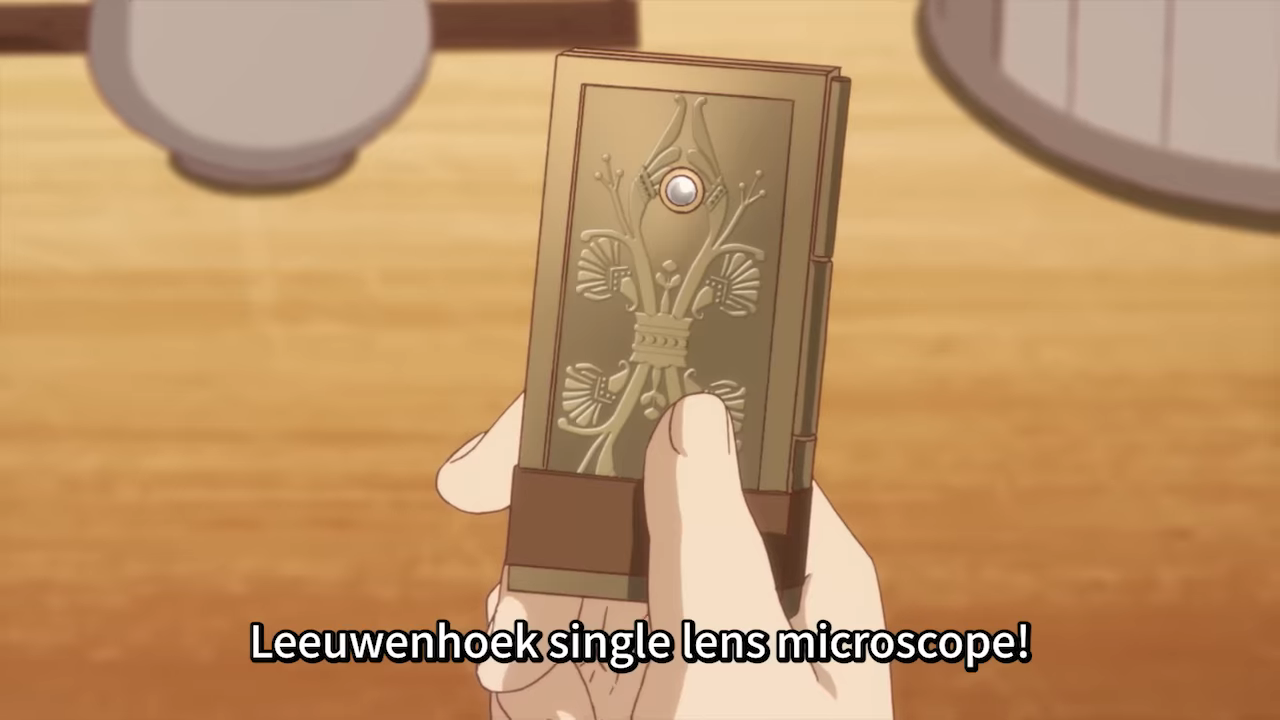
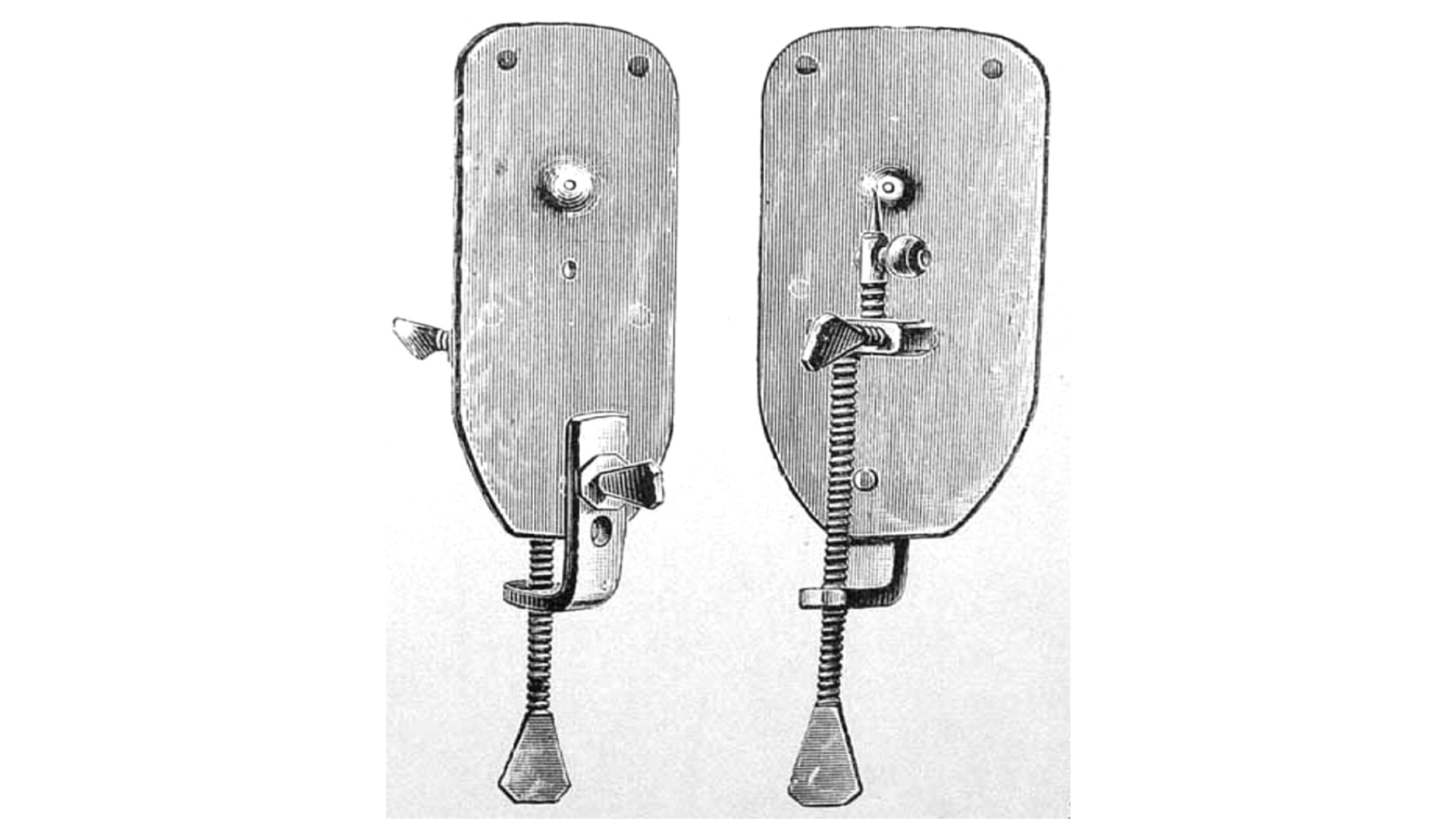
Participate In Discussions